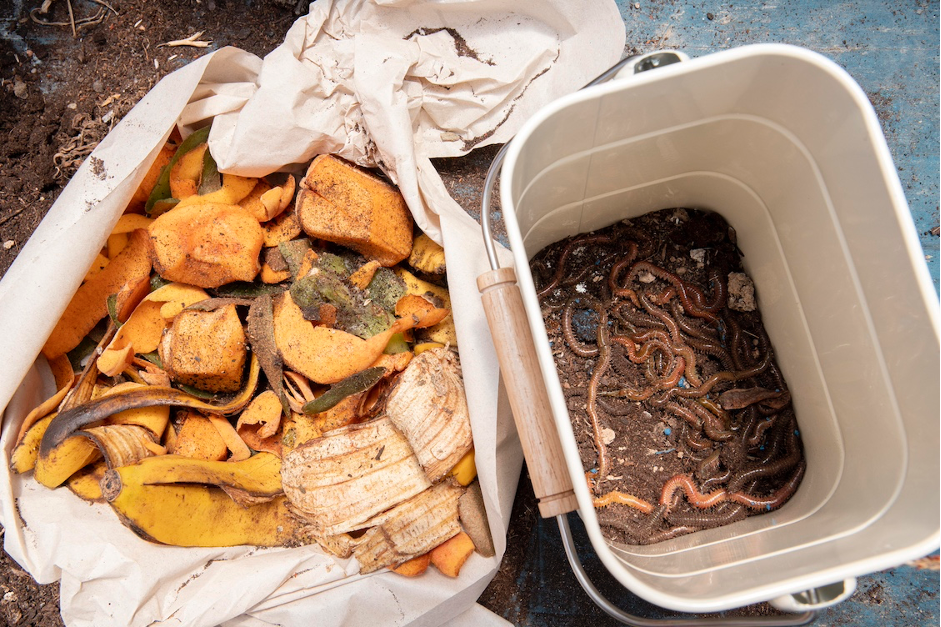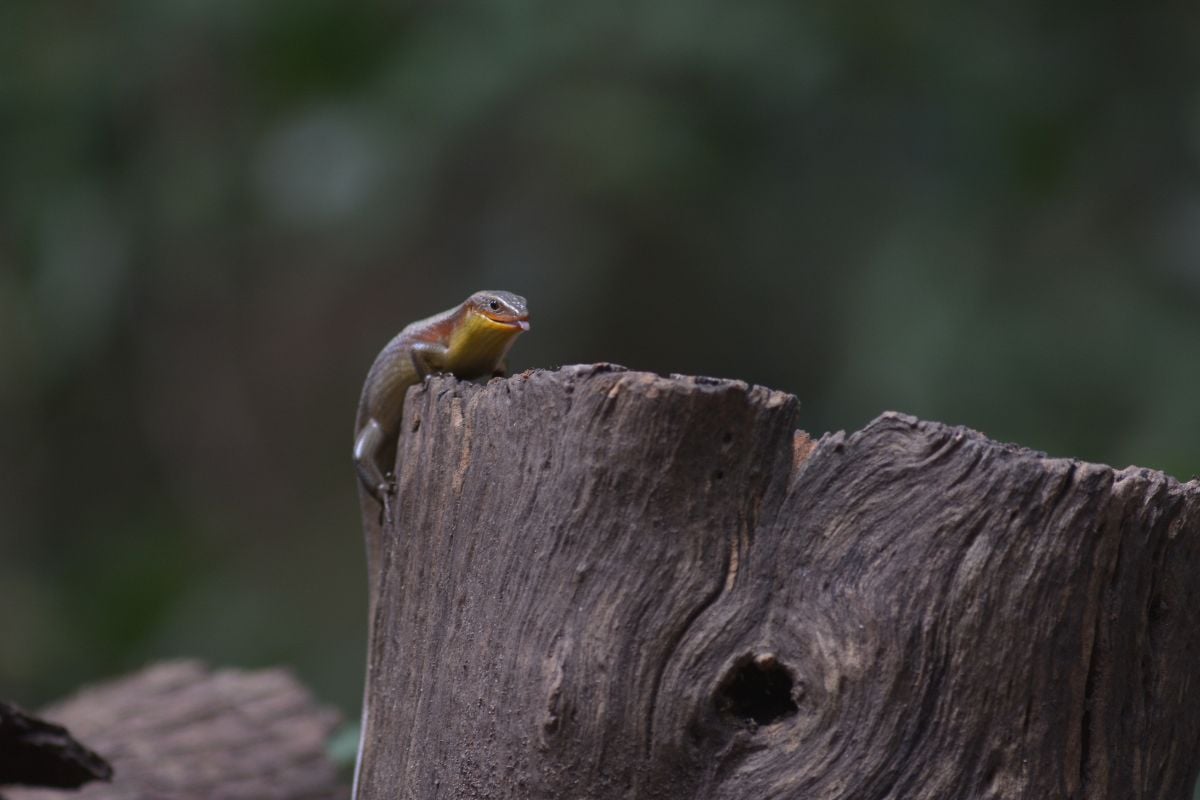If you’re looking for a quick return of investment, then you should try getting into vermicomposting. Composting with worms not only is good option for recycling decomposing natural wastes, it can also serve as a great opportunity to put up a business venture. Red wiggler worms can be sold as is, as well as make a profit out of selling their nutrient-rich castings. You can learn more about worm compost production by reading more from this article.
Raising and breeding red wigglers for compost production
Before you can even harvest any of these valuable red worms castings, you must first keep them in a comfortable home (one that closely resembles their real habitat). A worm habitat can be in the form of a compost bin. One that’s already been drilled with ventilation and drainage holes around it (ample amounts of oxygen is needed for these worms and other beneficial microbes to survive). Aside from that, providing your compost worms a nice bedding to set themselves in is also an essential. Make sure that the bedding materials are organic and moist as worms also eat off of these. Of course, food is also a necessity for these worms (best if these were served in tiny cut pieces and buried into the bedding), as well as placing them in a good location (the ideal location to place them in would be in an area where there’s room temperature – extreme temperatures can kill them).
Worm castings composition
Typically, the Eisenia Foetida (also named after the red wigglers) is fed with only the organic stuff. They’re quite the vegetarians so you’ll have to avoid feeding them leftovers such as meat, seafood, dairy, and poultry. These scraps are typically harder for the worms to digest, that’s why these aren’t offered to them. You should also avoid feeding them other substances that are salty, citrusy, spicy, and oily (these can also cause unwanted odors). Now for the acceptable organic wastes, you can feed them a collection of scraps from your kitchen or yard. These can be composed of old newspaper shreds, used coffee grounds, crushed eggshells, a selection of fruit and vegetable peels, grass clippings, dead leaves, and twigs (amongst other materials).
How red wigglers create their castings
Red wiggler worms are born without any teeth on them. So basically, they eat these organic wastes with the help of live organisms present in the worm bin system (good bacteria, fungus, etc.). Somewhat similar to a food chain, the microbes will mostly be the ones responsible in breaking down all decomposing materials inside the bin. When these are done, the worms will then eat these microbes. They no longer have to chew so much, and will only require swallowing at this point. After this, the digestive process will take place. It is after excretion that the castings are produced. Worm castings that are enough for harvesting are usually produced within a 4-6 month timeframe.
Uncle Jim’s recommends the 1000 Red Wigglers
Just when you thought you had no further use for all the collected scraps from your kitchen and garden, you might want to think again. With the help of 1,000 Red Wigglers, turning your trash into black gold can be quite achievable. Create free organic fertilizer just by raising and breeding worms. Invest on a thousand red wigglers, and you’ll surely get your money’s worth! Order your stock today!
To know more about the product, check the 1000 Red Wigglers here.









2 thoughts on “Using red wiggler worms for making fertilizer”
I like any way I would like to acquire information on raising worms for furtalizer
Am looking forward to do warm farming can you assist me more details on to it